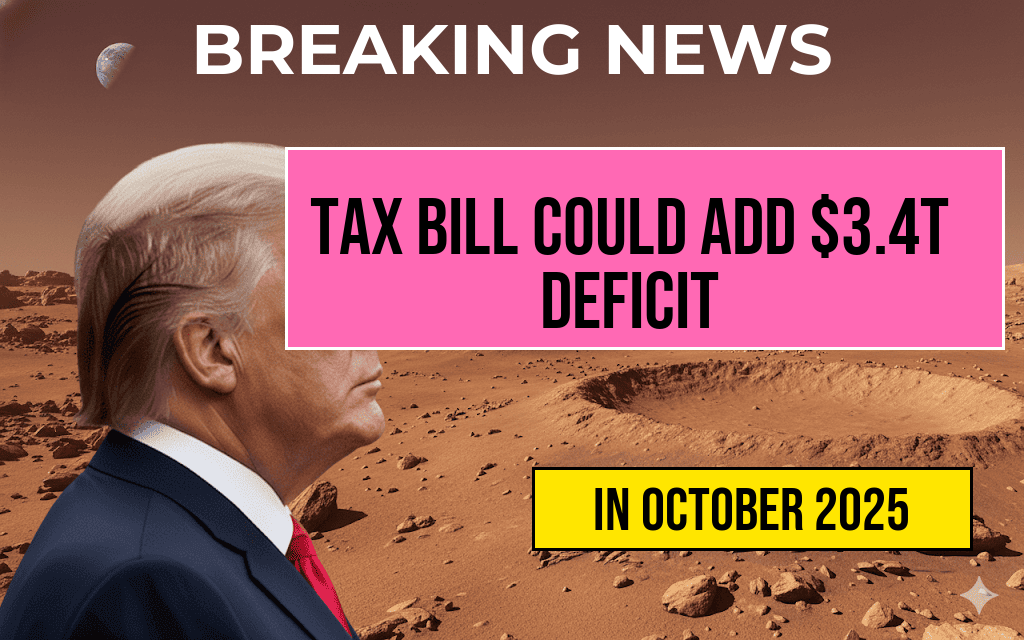The upcoming tax year will see the reintroduction of the Child Tax Credit, offering eligible families up to $2,200 per qualifying child. This renewed benefit aims to provide financial relief to millions of American households amid ongoing economic challenges. The expanded credit structure, which was temporarily increased during the pandemic, is returning to pre-2021 levels, with adjustments for inflation. Eligibility criteria and benefit amounts are set to be clarified by the IRS in the coming months, but many families are already preparing for the upcoming claim season. This change represents a significant shift in federal support for parents and guardians, underlining the government’s continued efforts to assist households with children. As the IRS finalizes its guidelines, taxpayers are encouraged to review their eligibility and gather necessary documentation to maximize their potential benefits.
Understanding the Reinstated Child Tax Credit
Key Features and Benefit Limits
| Benefit Aspect | Details |
|---|---|
| Maximum benefit per child | $2,200 |
| Number of qualifying children | Up to 3 children per family (additional children may qualify for other credits) |
| Income eligibility threshold | Phaseouts begin at $200,000 for individuals and $400,000 for married couples filing jointly |
| Refundability | Partial refund available for families whose credit exceeds their tax liability |
Historical Context and Changes
The Child Tax Credit has undergone multiple adjustments over recent years. Originally introduced as part of the 1997 tax code, it was expanded significantly during the COVID-19 relief efforts, reaching up to $3,600 per child for younger dependents in 2021. These enhancements included increased income thresholds and full refundability, which aimed to reduce child poverty and support working families. However, with the expiration of temporary measures, the credit reverted to previous levels for the 2022 and 2023 tax years. The upcoming tax season marks a return to the maximum $2,200 benefit, though inflation adjustments may slightly alter the exact figures for upcoming years.
Who Qualifies for the Child Tax Credit?
Eligibility Criteria
- Age of the child: Under 17 at the end of the tax year
- Relationship: Son, daughter, stepchild, foster child, or a descendant of any of these
- Residency: Child must have lived with the taxpayer for more than half of the year
- Taxpayer income: Meets the income thresholds for partial or full benefits
- Tax identification number: Valid Social Security Number
Impacts on Families and Broader Economy
Reinstating the Child Tax Credit is expected to provide critical financial support to millions of households across the country. According to studies from the Wikipedia entry on child poverty in the U.S., increased cash assistance can directly reduce hardship and improve child well-being. Economists suggest that the credit not only alleviates immediate financial stress but also contributes to long-term outcomes like better educational and health prospects for children. The government anticipates that the return of these benefits will stimulate local economies as families allocate funds toward essentials such as food, housing, and healthcare.
How to Prepare for the 2024 Filing Season
Documentation and Record-Keeping
- Gather Social Security numbers for all qualifying children
- Maintain proof of residency, such as school records or utility bills
- Collect income statements, including W-2s and 1099s
- Keep records of any prior year’s tax returns and correspondence from the IRS
Important Deadlines and Resources
The IRS typically begins accepting tax returns in late January, with the deadline set for April 15. Taxpayers should monitor official updates for any extensions or changes. For comprehensive guidance and assistance, the IRS website offers detailed information on eligibility requirements and filing procedures (IRS Child Tax Credit page).
Policy Outlook and Future Considerations
Potential Adjustments and Legislative Developments
While the current structure reflects the post-pandemic policy landscape, discussions continue in Congress regarding long-term enhancements to the Child Tax Credit. Proposals include increasing the maximum benefit, expanding eligibility, and making the credit fully refundable permanently. These measures aim to address persistent child poverty rates and promote economic stability for families nationwide. Stakeholders from advocacy groups to policymakers are closely monitoring legislative developments that could shape future benefits.
Additional Support Programs
The Child Tax Credit complements other federal initiatives, such as the Earned Income Tax Credit (EITC) and Supplemental Nutrition Assistance Program (SNAP), all designed to reduce financial strain for low- and moderate-income families. Combining these resources can significantly improve household resilience and child development outcomes.
For more information about federal child benefits and updates, visit the official IRS website or consult trusted financial advisory sources such as Forbes or government pages dedicated to tax relief programs.
Frequently Asked Questions
What is the Child Tax Credit and how much can I receive?
The Child Tax Credit provides eligible families with up to $2,200 per qualifying child next year, helping to reduce the financial burden of raising children.
Who qualifies as a qualifying child for the Child Tax Credit?
A qualifying child typically must be under age 17, a U.S. citizen or resident, and meet certain relationship and residency requirements set by the IRS.
When will I receive the Child Tax Credit payments?
Payments are expected to be distributed starting next year, with details on payment schedules announced by the IRS closer to the implementation date.
How do I claim the Child Tax Credit on my tax return?
You can claim the Child Tax Credit by filing a federal tax return and completing the relevant sections, ensuring you provide accurate information about your qualifying children.
Are there income limits or other restrictions for receiving the Child Tax Credit?
Yes, income limits and other eligibility criteria apply. High-income earners may see a reduced credit, and specific restrictions may vary based on your filing status and income level.








